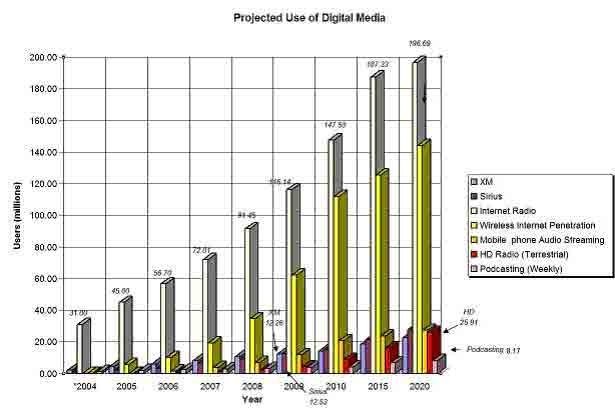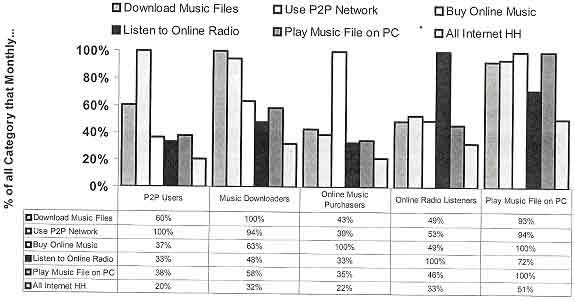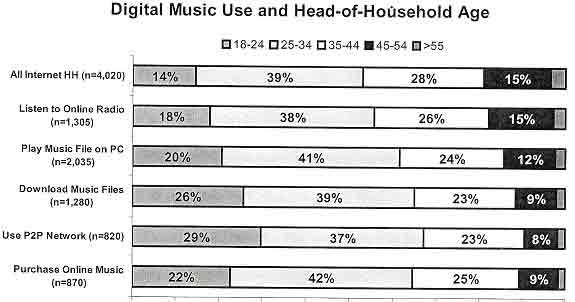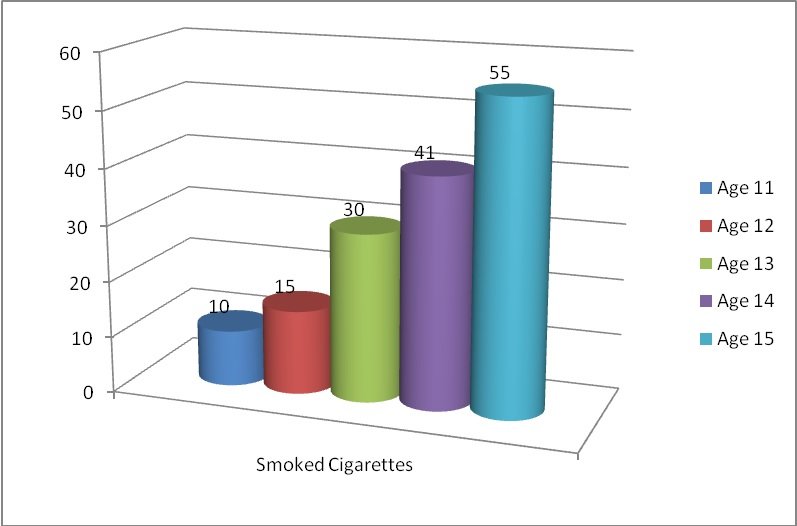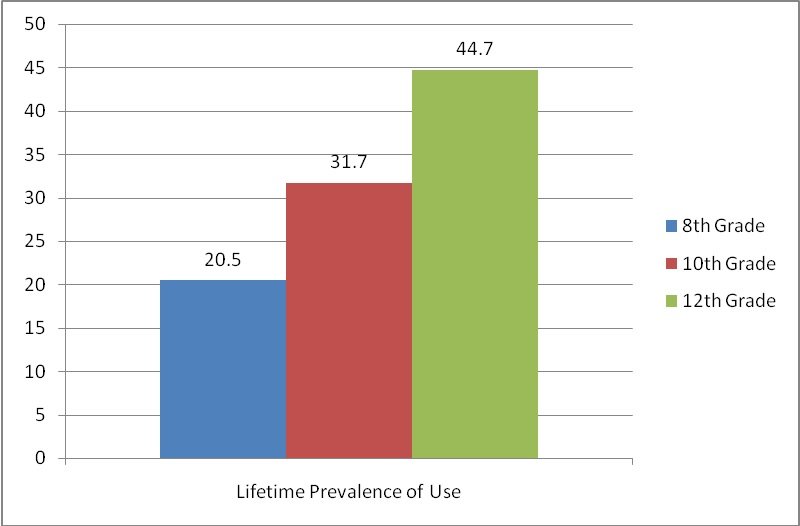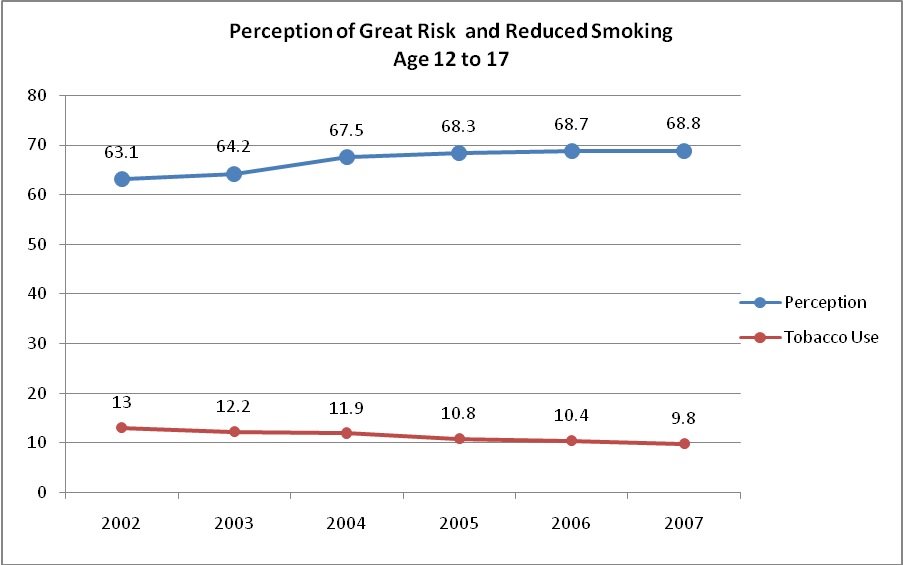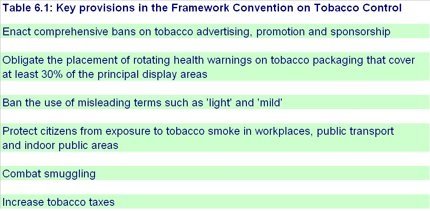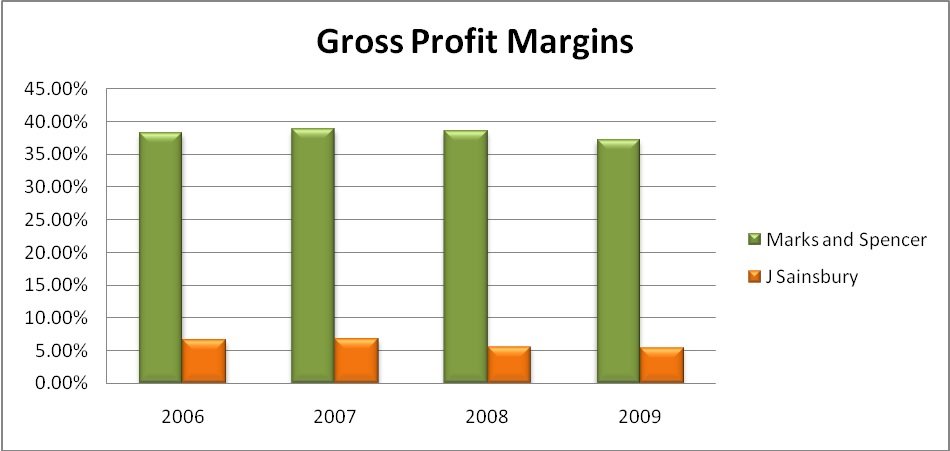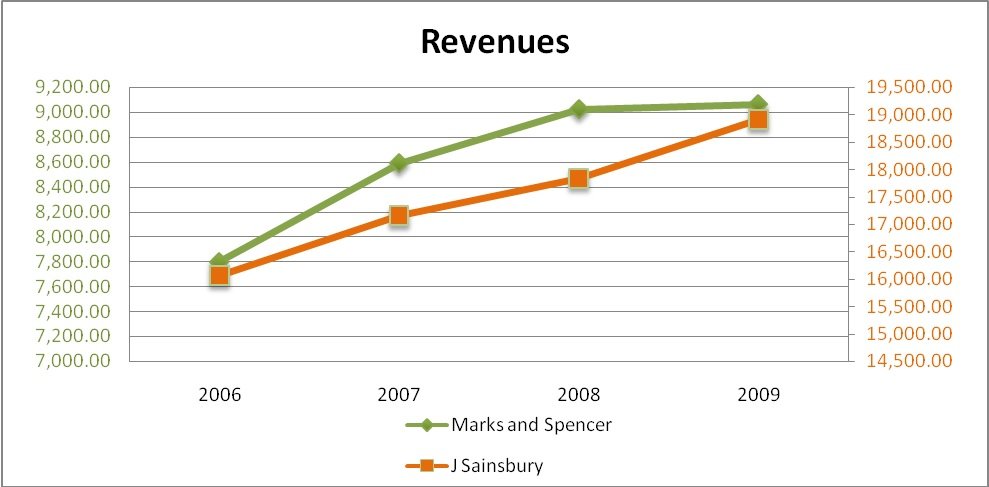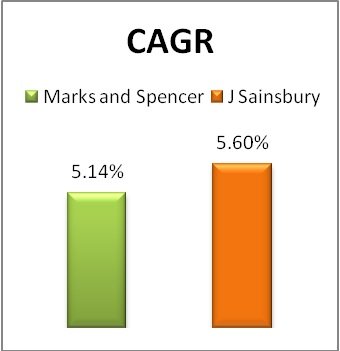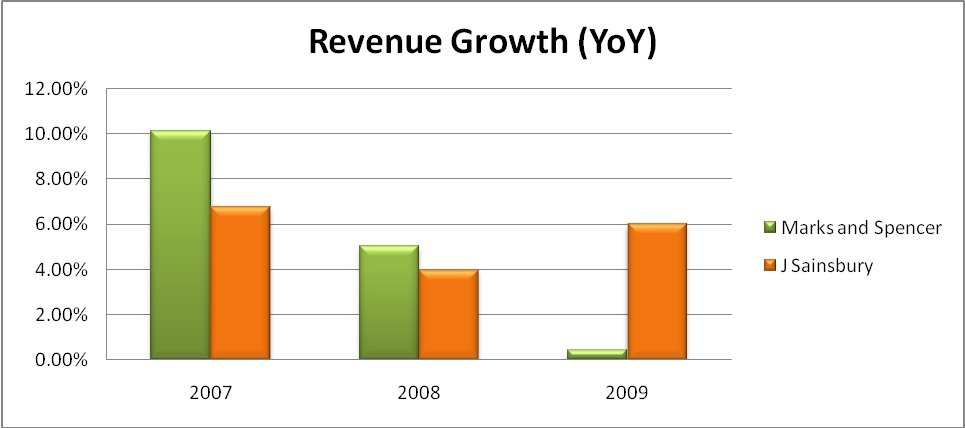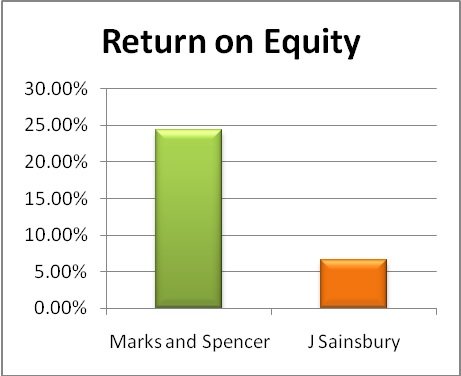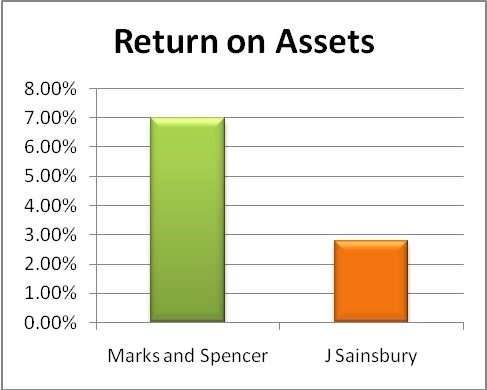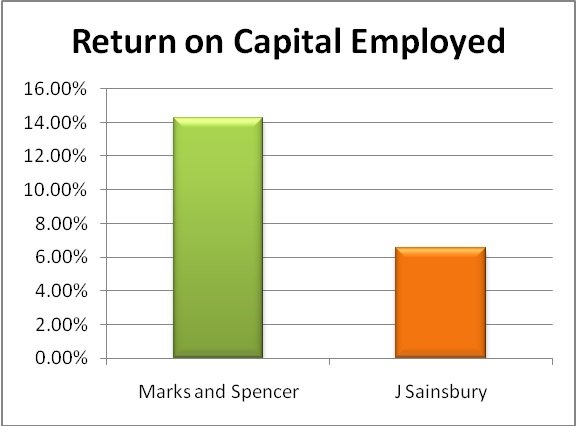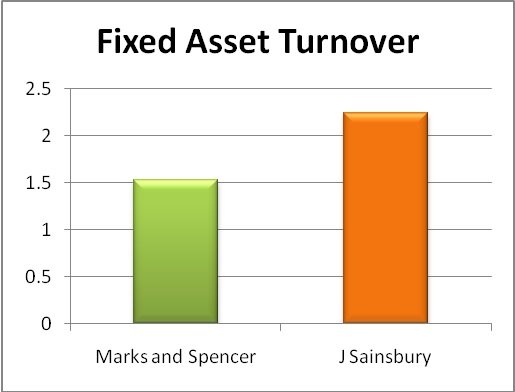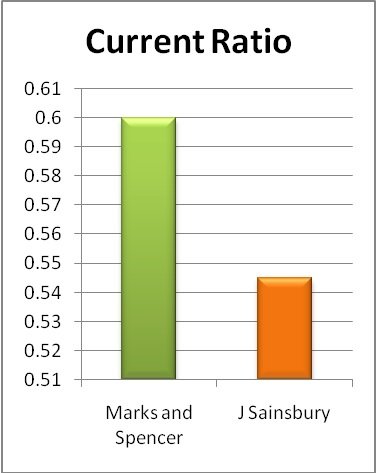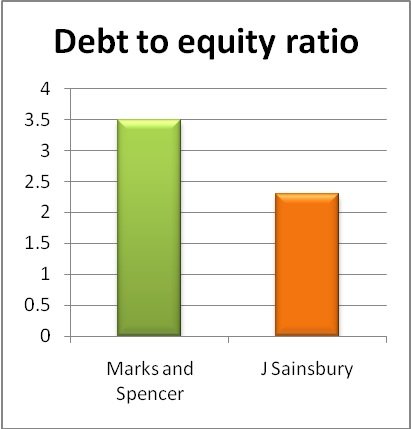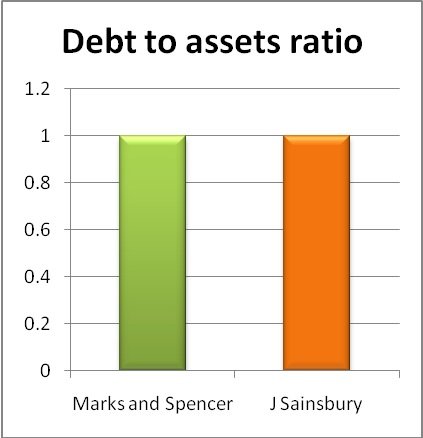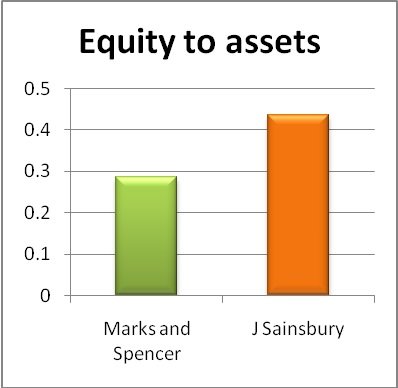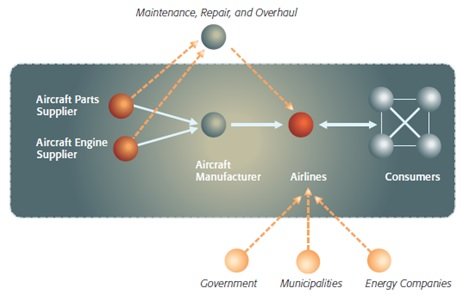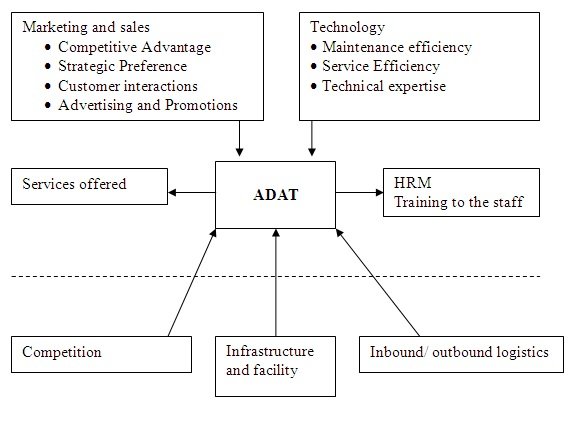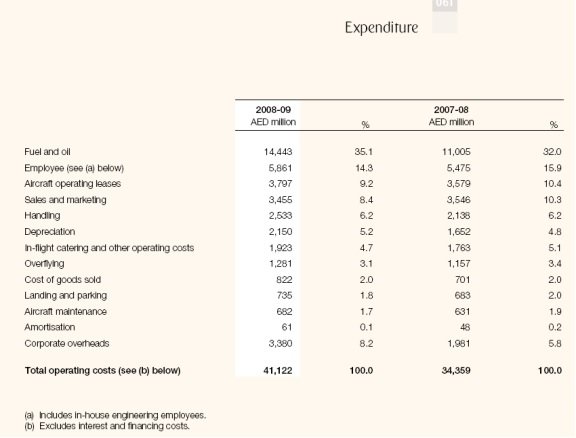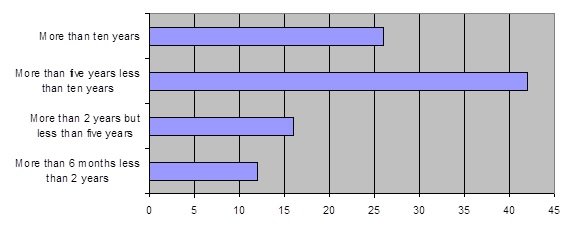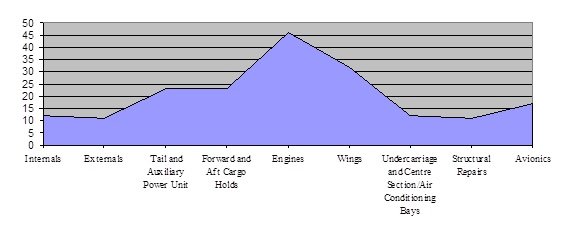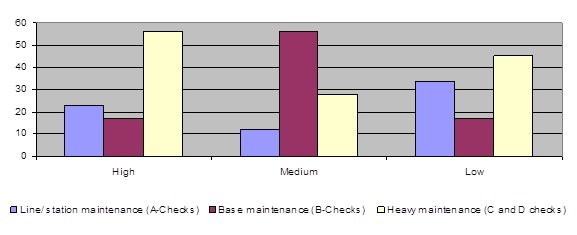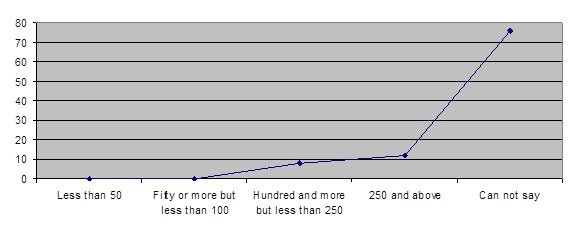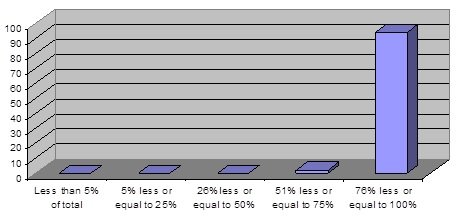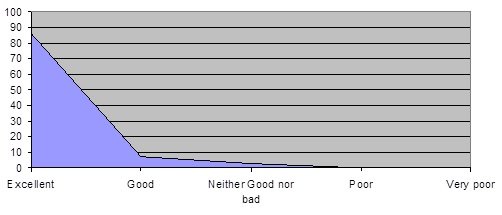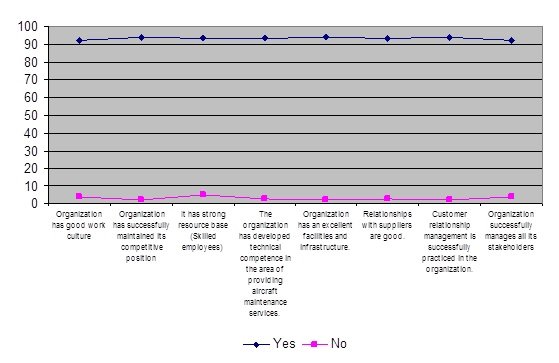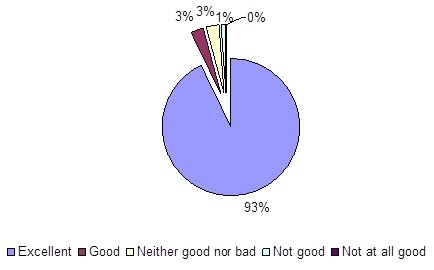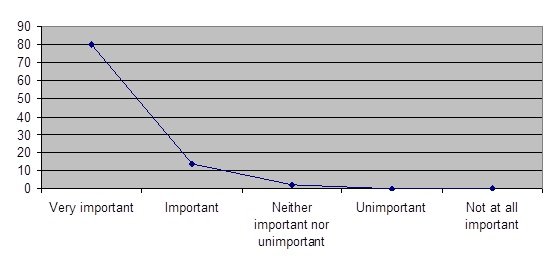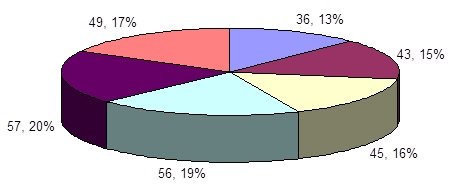Introduction
Since the ideas of global warming and sustainable living developed, there has been a lot of discussion concerning the future of oil. “Oil’s very future is now being seriously questioned, contested, and challenged” (Yergin). Saudi Arabia has been reassuring the world about the vastness of its oil reserves in its role as the owner of the world’s largest oil terminal, Ras Tanura (Maass 1), while the rest of the world has remained suspicious of Saudi Arabia’s claims. This is due in part to the fact that Saudi Arabia has always kept information on its oil reserves concealed and has refused to allow foreign audits. Furthermore, Saudi Arabia has not released numbers on its oil reserves, and most of the information that is now circulated throughout the globe is based on assumptions and estimates. Nevertheless, Saudi Arabia has always overestimated the supply of oil for the years to come:
Naimi’s [Saudi Oil Minister’s] role is to assuage a nervous market. He blames the continued run-up in prices on “speculators.” And he asserts that Saudi Arabia would be able to meet the world’s rising demand for years to come. Many experts find themselves between these two poles. (Mufson 8).
Owing to lack of accurate information about the sufficiency of oil reserves in the future, alternative sources of energy that include but are not limited to solar energy, wind energy, water energy and underground heat are being examined, explored and increasingly made use of particularly in the technologically advanced countries of the world. This paper tends to estimate the most likely and most desirable scenarios for 2020 with respect to energy and assess the government’s role in achieving the same.
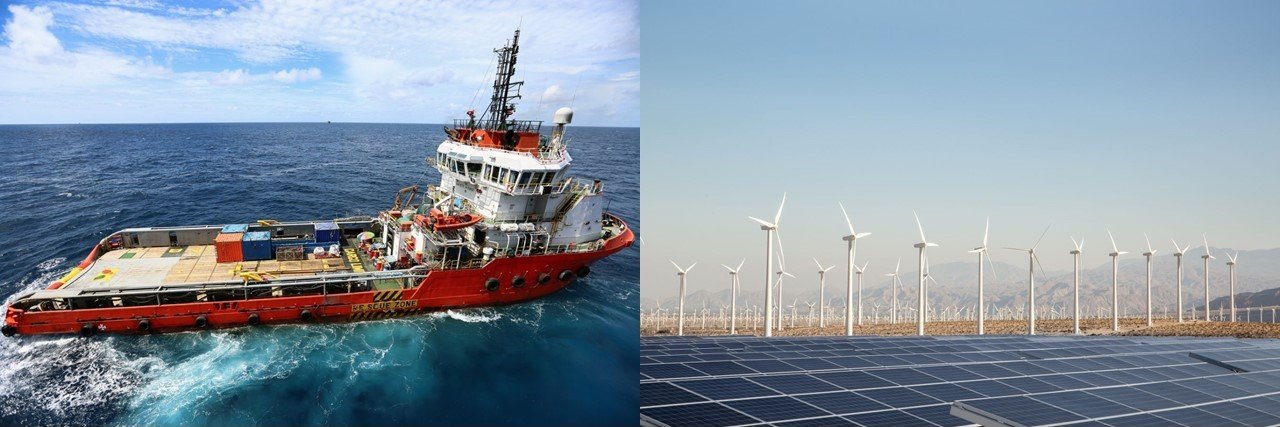
Predictions for 2020
Scenario 1:
World Scenario of 2020 if Alternate Sources of Energy Are Not Explored and Used:
If a thorough analysis of the recent decade is made to study the pattern of oil demand and supply, it becomes clear that the demand of oil has increased manifolds while the supply has become rather elusive, in the four years from 2001 to 2005, the price of an oil barrel made by the Organization of the Petroleum Exporting Countries had almost doubled on the average, and a 40 percent increase was noticed after that (Mufson 1). The immense increase in the price of oil had caused the economy to inflate at the end of the first decade of the 21st century. At that time, oil accounted for more than half of the trade deficit in US. Now that it is 2020, and ten years have passed since the last analysis was made, circumstances, in general, have become worse than ever before. Today, oil accounts for more than 80 percent of the trade deficit in the US. Many big economies of the first decade of 21st century have totally collapsed because of unbearable inflation. There has been an enormous increase in the world population in the last decade. This has resulted in an increase in the demand for oil, while the reserves have always been limited and are rather diminishing. The economical balance of the world has collapsed because of a lack of tendency of the world to shift from oil to other potential sources of energy.
Scenario 2:
World Scenario if the Present Day Practices are Sustained:
The debate about energy crisis that had instigated some 20 years ago with the start of the 21st century has reached its apogee and so has the price of oil across the globe. The whole world is relying upon the statements of the Saudi Oil Minister, Ali Al-Naimi who has been making pacifying statements for the last 20 years. Al-Naimi sounds more than ever optimistic about the sufficiency of the reserves of oil. Al-Naimi refers to the two big oil reserves that have been identified in Saudi Arabia in 2015 and 2017 with the help of technology. So far, Al-Naimi has been fortunate enough to have sufficient evidence for his blind claims, but the results of recent research suggests that the controversy about oil that had been temperated by the discovery of two oil reserves in Saudi Arabia will soon gain full form because the discovery of new oil reserves has done little to improve the economical health of America and many big economies like her. So far, the pressure exerted by rising oil prices has been sufficiently countered by the exploration of new sources of energy. According to an estimate made by the Minister of Energy in America, American economy would have collapsed totally if the country had totally relied upon the statements of Saudi Oil Ministers. Minister of the US Department of Energy (USDOE), Greenwood said, “America has largely sustained its economical strength as compared to other rising economies of the past like China and India who totally relied upon oil as the source of energy. Thank God, we did not trust those Saudi Oil Ministers that have kept the world in black for the last 20 years and did not spare our efforts of exploring and expanding the use of alternate sources of energy!”
Scenario 3:
World Scenario of 2020 if Alternate Sources of Energy are Explored and Use of Oil is Abandoned:
Till 2010 or more precisely, till some part of 2015, use of alternate sources of energy like solar-electric modules was considered to be too expensive. The fact that they consumed more money than the conventional sources of energy i.e oil discouraged people from relying upon them. However, technological improvements in the last five years have done a lot to reduce the cost of solar-electric modules as a result of which, their usability has drastically improved. Solar-electric systems which are also known as Photovoltaic systems capture the energy from sunlight and transform this energy into light (Turner). Soon after the reduction in price of photovoltaic system, it became spread everywhere in the world. Its popularity in both the developed and the developing countries instigated the green movement by the end of 2015. In the green movement, all countries took an oath to completely abandon the use of oil for vehicular purposes. Vehicles have been the fundamental consumers of oil ever since their development. By making the vehicles run on photovoltaic systems instead of oil, all countries of the world have not only been able to save a lot of money that previously went into buying oil, but have also played their respective part in saving the environment and making this world a better place to live for the future generations. Today, in 2020, streets are as crowded as they were in 2010, but carbon emissions from vehicles have reduced to almost zero.
Analysis of Scenarios
In the present age, there is huge emphasis upon the identification, exploration and ways of use of alternate sources of energy. The debate about global warming and sustainability of natural resources drew the attention of scientists towards the need to explore newer sources of energy as a result of which, alternate energy sources are being increasingly made use of both for domestic and industrial purposes. In the present year i.e. 2011, a lot of buildings in US that are under construction have one goal in common, which is to be green! To be green essentially means to be environment friendly as well as to be energy efficient. Thus, the use of alternate sources of energy has already started. According to the US Department of Energy (USDOE), there will be a 25 per cent increase in the use of residential energy in US by the year 2025. “A small but increasing share of that extra power will trickle in from renewable sources like wind, sunlight, water, and heat in the ground. (Walker). This essentially speaks of the fact that oil will continue to remain a major source of energy in 2025, though America would have increased its reliance upon secondary sources of energy like wind, water, sunlight and underground heat. This idea is consistent with the second story that says that in 2020, five years before 2025, oil will still be in use and world’s great economies would still be relying upon oil heavily for accomplishing matters of everyday significance, though there would be an increase in the use of alternate sources of energy. In light of this discussion, it feels safe to say that scenario 2 is the most likely scenario of the three.
As a result of the recent technological improvements, there has been a rapid decline in the price of solar-electric modules. This can be estimated from the information given by Collins from the American Solar Energy Society which says that the average cost of one kilowatt-hour of the photovoltaic energy in the 1980s used to be 95 US cents which had dropped to about 20 cents in the year 2004 (Walker). However, the price of energy collected by photovoltaics, at 20 cents per kilowatt-hour, was still roughly 8 cents per kilowatt-hour more than the average national price of power in the United States. Nonetheless, research has continued to be conducted in the same direction and it is expected as well as quite desirable that by the year 2020, technology would have been improved to the extent that it would be possible to make electricity from the photovoltaic systems at a rate of 5 or 6 US cents per kilowatt-hour. “[T]omorrow’s electric cars will be as easy to fill with juice from a socket as today’s are with petrol from a pump” (The Economist). If the energy from photovoltaic system becomes that cheap, there is no reason denying that the whole vehicular traffic would make use of this energy and a Green Movement would commence in which all countries would stand hand in hand to make the life sustainable and world a greener place for the future generations. In light of this discussion, it becomes obvious that the most desirable scenario of the three is the third one which talks about the Green Movement and replacement of the use of oil with solar-electric energy.
Key actions that government and the involved agencies can take to make the desirable scenario happen is promote research and technological advancement because the future of alternative sources of energy is fundamentally associated with the research. Government should lavishly spend upon research to promote technological advancement so that use of photovoltaic system can be enhanced. For making the most likely scenario happen, governments should maintain their policies as they are going presently because the most likely scenario is totally consistent with the existing policies of the government.
Works Cited
- Maass, Peter. “The Breaking Point.” The New York Times. 21 Aug. 2005. Web. 22 Jun. 2011.
- Mufson, Steven. “This Time, It’s Different: Global Pressures Have Converged to Forge a New Oil Reality.” Washington Post. (2008): 1-9.
- The Economist. “The future of energy.” 19 Jun. 2008. Web. 22 Jun. 2011. <http://www.economist.com/node/11580723>.
- Turner, B. “What is Photovoltaic Power?” 2011. Web. 22 Jun. 2011. <http://www.wisegeek.com/what-is-photovoltaic-power.htm>.
- Walker, Cameron. “The Future of Alternative Energy.” 28 Oct. 2004. Web. 22 Jun. 2011 <http://news.nationalgeographic.com/news/2004/10/1028_041028_alternative_energy.html>.
- Yergin, Daniel. “It’s Still the One.” 2009. Web. 22 Jun. 2011. <http://www.academia-research.com/filecache/instr/e/n/546785_energy1.pdf>.








